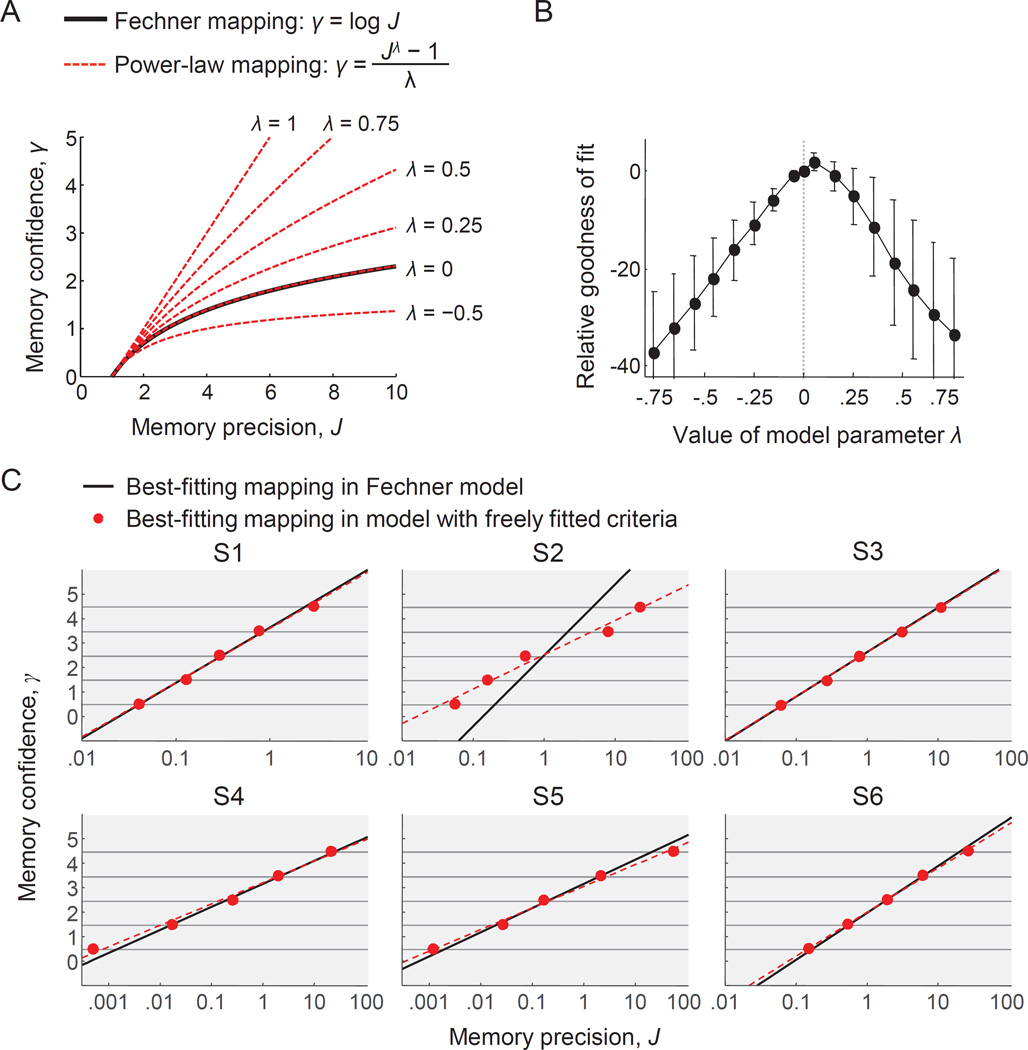Figure 4. The best-fitting mapping between working memory precision and confidence is near-perfectly logarithmic.
(A) Examples of possible mappings between VWM precision and confidence in the power-law model. The logarithmic (Fechnerian) mapping is a special case of the power-law mapping, namely the case of λ=0. (B) Subject-averaged goodness of fit of the power-law model as a function of λ. Goodness of fit is expressed as the maximum log likelihood under a given value of λ, relative to the maximum log likelihood of the original model (λ=0). The goodness of fit is maximal when λ is close to 0. Error bars represent 1 s.e.m. (C) Maximum-likelihood estimates of the mapping in the Fechner model (black lines) compared with the maximum-likelihood estimates of the mapping in the model with freely fitted criteria (red dots). For visualization, the x-axis is logarithmically scaled, such that logartihmic mappings appear as linear. The dashed line shows the best linear fit to the flexible criteria. For five subjects, the best-fitting mapping in the flexible model is nearly identical to the logarithmic mapping in the Fechner model. For subject S2, the best-fitting mapping is slightly different in the flexible model, but still close to logarithmic.

